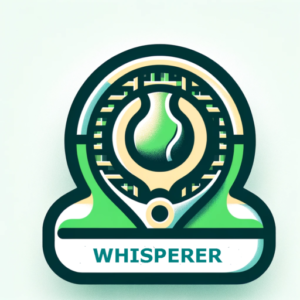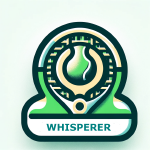The Science Behind Spins and Power
The Science Behind Spins—and Where Real Power Comes From
In tennis, spin isn’t just a style—it’s a tool. And power isn’t just about swinging hard—it’s about moving right. To play at a high level, you need to understand how spin shapes the ball and how your body transfers energy into it. Get both right, and you’ll hit harder, play longer, and stay healthier.
Topspin: Heavy, Safe, and High-Bouncing
Topspin makes the ball rise steeply, then dip sharply—thanks to the Magnus effect. That forward spin changes the air pressure around the ball, pulling it down into the court. It lets players swing hard and still keep the ball in, which is why it’s the base of most modern groundstrokes.
Topspin shots also bounce high, which can push your opponent back or jam them on the shoulder. But they travel slower through the court, giving opponents more time to react. That’s why players like Sinner flatten their swing when they want real pace—driving through the ball, like a cricket batter timing a clean straight drive.
Slice: Floating and Low-Bouncing
A slice uses backspin, which does the opposite—it creates lift. The ball stays in the air longer and lands flatter, then skids low after the bounce. It’s great for breaking rhythm, forcing awkward contact, or setting up net play. On faster or lower-bounce courts, it becomes even more effective.
Flat Shots: Direct and Fast
Flat shots have minimal spin, so they don’t benefit from the Magnus effect. They fly straighter and faster, making them ideal for finishing points or rushing opponents. But the margin for error is small—there’s less net clearance and less shape to work with. Timing and footwork have to be sharp.
Power Comes From How You Move
Hitting hard doesn’t mean swinging harder. It means using your body as one connected system. Real power starts from the ground and travels up through the kinetic chain:
-
Legs generate the base force.
-
The core (abs, obliques, lower back) transfers that energy through the body.
-
The shoulder helps guide and time the release into the arm and racket.
It’s counterintuitive, but swinging too fast can actually make you lose power. When the swing outruns the body’s rotation, you break the energy flow.
That’s why the Tennis Whisperer uses the wheel analogy: your legs are the hub, your core is the axle, and your shoulder and arm are the rim. If the rim spins faster than the center, the wheel breaks down. But when everything turns together, the result is clean, effortless force: Easy Power.
And You Stay Healthier
When you hit this way, you don’t just gain control—you protect your body. A strong, coordinated swing reduces stress on your arm. You mitigate injury risks, especially chronic ones like tennis elbow. That’s especially important with today’s aggressive windscreen wiper western forehands, which can be a long-term injury trap if the arm does all the work.
Wrap
Master spin, and you manage space. Master movement, and you deliver power. Put them together, and you control the court—not just today, but year after year.



